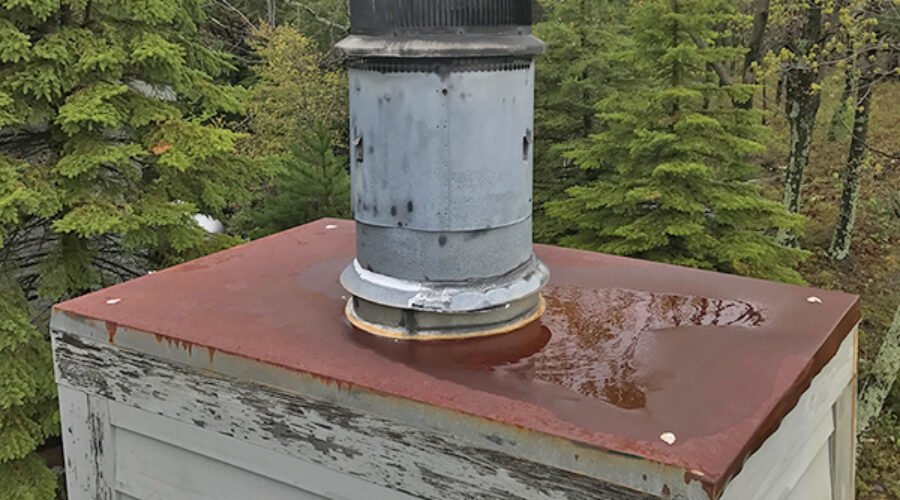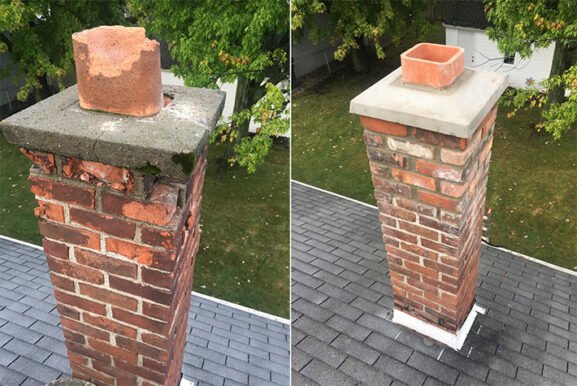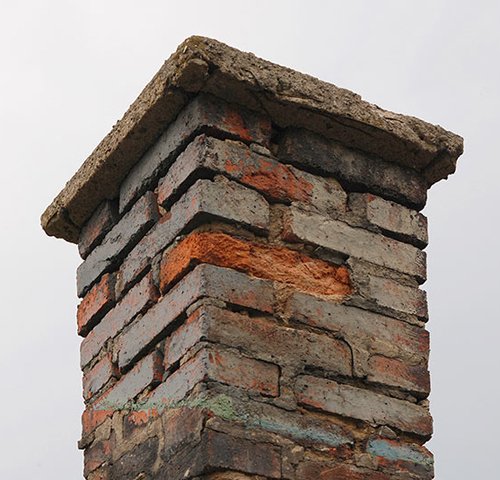Why Chimney Chase Repair Is Essential for Long-Term Structural Safety
Key Takeaways
- A damaged chimney chase can lead to water infiltration, mold growth, and costly structural issues if left unaddressed.
- Regular inspection and repair of chimney chases help maintain both aesthetics and functionality.
- Weather conditions and material wear are the most common reasons for chimney chase deterioration.
- Homeowners can prevent expensive chimney replacements by acting early on minor chase repairs.
Understanding the Role of a Chimney Chase
A chimney chase is the exterior structure that encloses the metal flue pipe in prefab or factory-built fireplaces. Typically made of wood, vinyl, or metal, it acts as a protective housing for the flue and provides the finished appearance of a traditional masonry chimney. While often overlooked, the chimney chase plays a vital role in shielding your home from moisture, debris, and pests.
Because these structures are often installed with cost-efficiency in mind, the materials used in their construction tend to wear down over time—especially in areas with harsh weather. When left unattended, minor chase damage can turn into major problems involving water leaks, structural instability, and fire risks.
Signs That Your Chimney Chase Needs Repair
It’s not always easy to detect problems with a chimney chase without climbing up to inspect it, but there are clear signs that may suggest damage. These include:
- Staining or rust on the sides of the chimney structure
- Cracks or warped siding material
- Missing or deteriorating chase covers
- Water dripping into the fireplace
- Mold or mildew developing around the ceiling or attic
If you notice any of these issues, it’s likely time to have a qualified technician assess the chimney chase. Small repairs today can prevent extensive damage tomorrow.
The Importance of the Chimney Chase Cover
At the top of every chimney chase is the chase cover. This component functions like a roof, shielding the entire chase structure from rain and snow. When installed incorrectly or allowed to corrode, water can leak into the chimney and cause rot, rust, and interior damage.
Chase covers are commonly made from galvanized steel, stainless steel, or copper. While galvanized steel is the most affordable, it also rusts fastest. Stainless steel and copper offer greater durability and are often worth the investment in areas with high rainfall or snowfall.
The failure of a chimney chase cover is one of the leading causes of chase deterioration, and fixing or replacing this single component can dramatically extend the lifespan of the entire structure.
Common Causes of Chimney Chase Damage
A variety of environmental and structural factors contribute to chimney chase damage. The most common causes include:
- Weather exposure: Wind, rain, snow, and UV rays wear down surfaces over time, especially on wood-framed chases.
- Poor construction: Low-quality materials and improper installation can lead to premature failure.
- Lack of maintenance: Without periodic inspections, early warning signs are missed.
- Animal activity: Birds and rodents may nest in or around damaged chases, worsening the problem.
Preventive maintenance and professional inspections are your best defense. By identifying weaknesses early, you avoid the need for more invasive and expensive repairs later.
What Chimney Chase Repair Typically Involves
Repairing a chimney chase can involve a variety of tasks depending on the severity and type of damage. In most cases, a technician will inspect the chase from top to bottom and recommend one or more of the following actions:
- Replacing the chase cover if it’s rusted or improperly fitted
- Installing new siding panels on the chase if the existing materials are cracked or rotting
- Sealing or caulking any visible gaps or holes
- Applying weather-resistant coatings to protect against future damage
- Replacing damaged framing if wood rot is present
The cost of these repairs can vary based on the materials used and the complexity of the work, but addressing issues early tends to keep expenses relatively low.
The Risk of Ignoring Chimney Chase Issues
Letting chimney chase problems persist may seem harmless at first, but the consequences can escalate quickly. Water is the primary enemy. Once it infiltrates the chase structure, it can lead to mold inside your walls or ceiling, deteriorate the flue pipe, and damage your attic insulation.
Furthermore, a rusted or leaking chase cover may allow sparks or embers to escape, increasing the risk of fire hazards. In regions that experience freezing temperatures, trapped water inside the chase can freeze, expand, and cause additional structural strain.
Neglect can lead to complete chimney failure, which may then require a full replacement rather than a repair—often costing thousands more. That’s why early intervention is not just smart but necessary.
How Weather Patterns Affect Chimney Chase Health
The environment around your home significantly influences how fast your chimney chase wears down. For example, homes in regions with heavy rainfall or snow accumulation often face faster deterioration of chase covers and siding materials.
Even in drier climates, intense sun exposure can cause vinyl or wood coverings to warp and crack. High winds may also dislodge chase covers or siding if they’re not securely fastened.
In places like the Northeast and Midwest, where weather shifts rapidly, chimney chases endure a cycle of freezing and thawing that weakens their structure over time. According to The National Weather Service, even mild fluctuations in temperature can lead to freeze-thaw damage, which is especially problematic for older chases built with less durable materials.
When to Call a Professional for Inspection
Ideally, a chimney chase should be inspected at least once a year—preferably before winter sets in. You should also call a professional if:
- You’ve recently experienced a strong storm or heavy rainfall
- Your fireplace begins to emit odd smells or unusual moisture
- You notice visible stains or watermarks around the chimney area
- Your chimney chase hasn’t been inspected in over two years
Technicians with experience in chimney systems can use specialized tools to detect leaks, rot, and structural weakness that homeowners might miss. An inspection usually takes less than an hour but can prevent months of headaches and unnecessary costs.
Upgrading Your Chimney Chase for Modern Protection
If your current chase is decades old or was constructed with outdated materials, an upgrade might be more cost-effective than repeated repairs. Modern chimney chases are often made with composite or cement fiberboard siding, stainless steel covers, and additional flashing for waterproofing.
This type of upgrade can increase the overall energy efficiency of your home by reducing drafts and preventing heat loss through the chimney system. It also improves curb appeal and helps protect your investment in your fireplace and home structure.
By modernizing the chase, homeowners ensure long-term safety while reducing the chances of recurring repairs.
Long-Term Maintenance Practices That Make a Difference
To keep your chimney chase in top condition, consider implementing these ongoing maintenance habits:
- Schedule yearly inspections even if no visible damage exists
- Clear debris like leaves or nests from around the chase area
- Ensure flashing and siding are sealed tightly before each winter
- Apply weather-resistant paint or coatings as needed
- Replace chase covers with rust-proof alternatives whenever signs of deterioration appear
Preventative care often costs far less than reactive repairs. And a little attention each year can add decades to the life of your chimney system.
Final Thoughts on Protecting Your Home Through Proactive Chase Repairs
A healthy chimney chase is more than just an aesthetic feature—it’s a structural safeguard for your home. Paying attention to this critical component ensures you avoid leaks, energy inefficiencies, and dangerous fire hazards. With the right materials, inspections, and care, chimney chase repair becomes an investment in peace of mind and long-term property protection.


